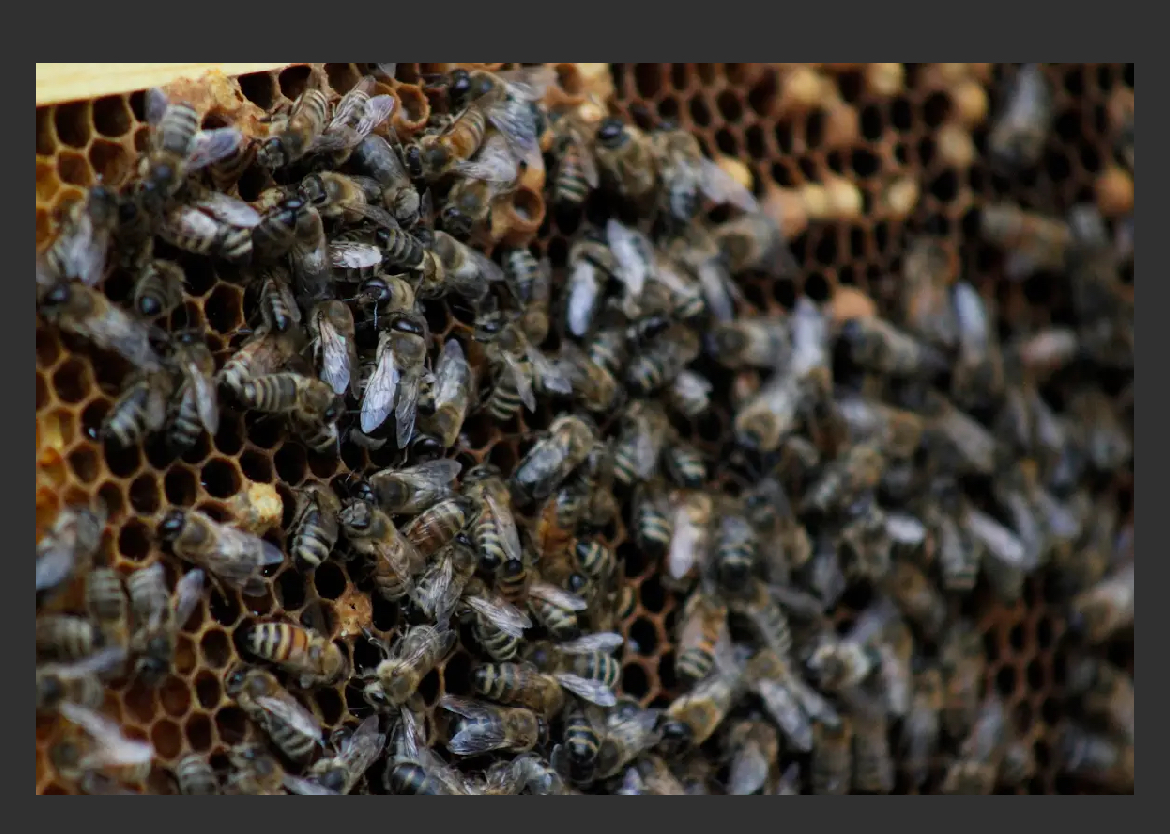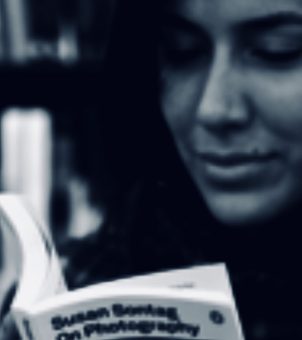An Overview of Ekphrastic Poetry
The Merriam-Webster Dictionary defines ekphrasis as “the practice of using words to comment on a piece of visual art.” This mode of writing can be used in both verse and prose, and was employed in both Dr. Low’s English 9 class and Mr. Hamel’s Creative Writing elective course alike. The Creative Writing class produced three ekphrasis pieces, which were then written over works of art that are displayed in the Joslyn Art Museum. Each one showcases a wide range of writing styles, emotions, and concepts brought to life from the feelings each painting communicated.

The first poem produced was by freshman Ava Larson, who decided to write on a piece of art bluntly titled as “The Piano Lesson,” by the illustrious Pierre Auguste Renoir. An ekphrasis piece done on such a widely-known artist’s piece is no easy feat, and yet Ava tackles this obstacle with ease. Her piece starts with a shy, questioning hook, piquing the reader’s interest. Her words land with the delicacy of a songbird fluttering from branch to branch, landing just long enough to inspire awe in whomever observes it. Immersing deeper into the poem, the fourth verse introduces the voice of a young girl, pining for a love that will never be returned. The emotions are so raw and powerful that the reader is left shocked, and perhaps a little reminiscent of an unrequited love in their own life as well. The poem ends on a semisweet note, mentioning how close the two are physically. And yet, the two girls are close emotionally as well. The girl is resigned to her fate, leaving the reader to grapple with the feelings left behind.

The second poem produced was by sophomore Anna Khan, who chose to write about Albert Bierstadt’s “Rising Mist.” She starts out with several questions, one after the other. Her inflection is tinged with fascination and wonder instead of the harshness often associated with many rapid-fire questions; however, showcasing the mastery Anna has over how her words appear on paper, each one resonating in the exact way she wants. Her powerful introduction is followed by the fearful worries of scaring away a potential friend, leaving the audience holding their breath, keeping still as if even the slightest motion might spook the soft, painted cow right off the canvas. This worry moves back to the familiar realm of fascination as she shares a moment with the cow, both stopping to appreciate their shared existence. The italics used on the last words is the cherry on top (or, to be more accurate, the horns on the cow), leading the final array of emotions to leave the reader reeling with this new information, and hopefully a little more mindful of the universe.

The third poem, written over “The Grief of the Pasha” by Jean-Léon Gérôme, was created by me, a freshman named Fruzsina Roka. I cannot review my own piece, although I can recount the experience of writing it. This assignment was relatively straightforward, though the hardest part was choosing an image that lent itself to poetic interpretation. Despite this monumental challenge, I can say with great pride that all three of us surpassed these challenges and wrote poems that brought the original artworks their due appreciation.

Fruzsina Roka is a senior who has been at Brownell Talbot for three years. She joined Verbatim three years ago, but has had a presence in several other...





























